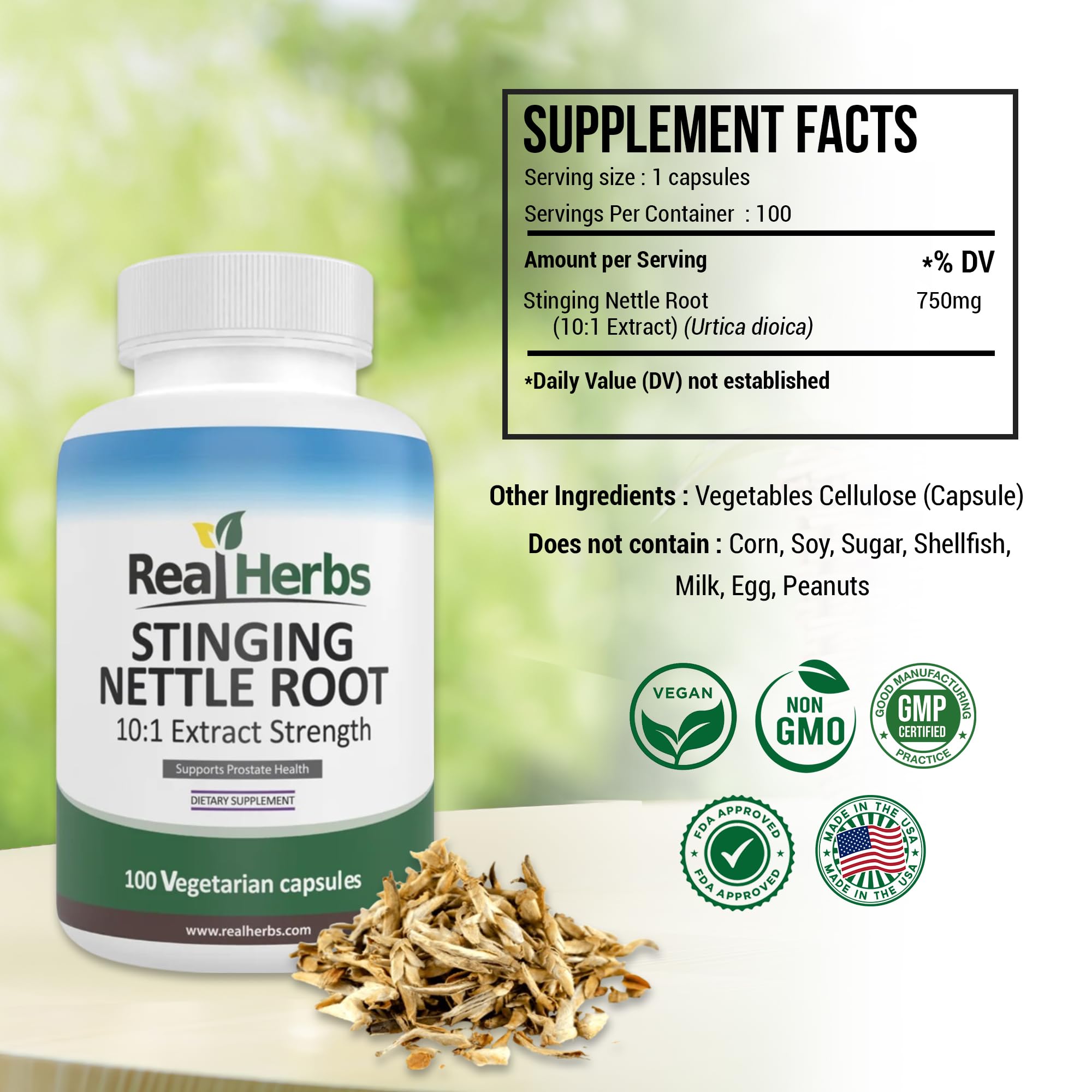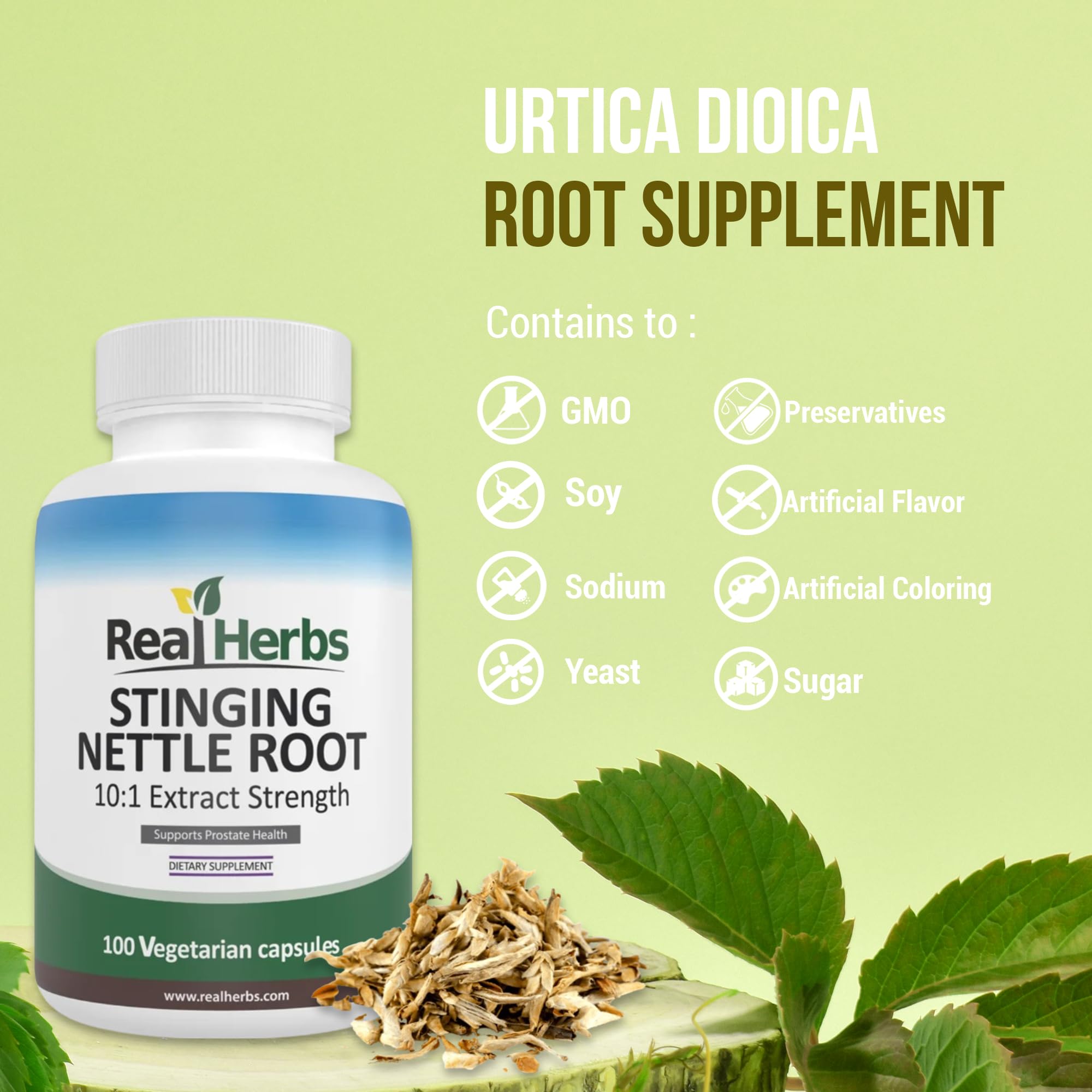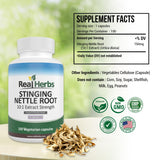Find Comfort in Pygeum Bark: A Safe and Effective Remedy for Urinary Frequency
Urinary frequency can be an inconvenient and unpleasant condition that disrupts daily activities. Urge to urinate frequently can affect people of all ages and be caused by a variety of underlying medical conditions. It can be a sign of an overactive bladder, urinary tract infection, or other underlying conditions like an enlarged prostate gland or nerve damage. Individuals suffering from urinary frequency may need to urinate every 30 minutes, making it difficult to perform routine tasks or get a good night's sleep. It can cause feelings of embarrassment, anxiety, and social isolation in some people.
While there are numerous medications and therapies available to help manage urinary frequency, some people may prefer to try natural remedies. Pygeum bark is one such remedy that has been used in traditional African medicine for centuries to treat urinary problems. It has gained popularity in recent years as a natural alternative to help reduce urinary frequency and improve bladder control. In this article, we will look at the history of Pygeum bark, how it works, studies and results, recommended dosage, and why it is a safe and effective treatment for urinary frequency.
History
Pygeum bark is derived from the bark of the African cherry tree (Prunus africana), which has been used for centuries to treat urinary problems in traditional African medicine. Pygeum bark first gained attention in Europe in the 1960s as a potential treatment for benign prostatic hyperplasia (BPH), a condition that frequently causes urinary symptoms in men. Pygeum bark is still used in herbal medicine today to treat a variety of urinary conditions, including urinary frequency.
How it Works
Pygeum bark contains a number of natural compounds that are thought to help reduce inflammation and improve prostate gland health, both of which can contribute to urinary problems. The bark contains a high concentration of plant sterols, including beta-sitosterol, which has been shown to alleviate urinary symptoms in men with benign prostatic hyperplasia (BPH).
The prostate gland swells in BPH, putting pressure on the urethra and causing urinary symptoms like frequent urination, weak urine flow, and difficulty starting and stopping urination. Beta-sitosterol has been shown to help reduce prostate gland size, which can relieve urethral pressure and improve urinary symptoms.
Pygeum bark may help to reduce bladder spasms and strengthen bladder muscles, which can improve bladder control in addition to reducing inflammation and improving prostate health. These advantages can help reduce urinary frequency and improve bladder function.
While the exact mechanisms by which Pygeum bark works to reduce urinary frequency are unknown, research has shown that it has promising potential as a natural urinary remedy. Its ability to improve urinary symptoms without the side effects commonly associated with prescription medications makes it an appealing option for those looking for natural urinary frequency solutions.
Studies and Results
Several studies have been conducted to investigate the efficacy of Pygeum bark in reducing urinary frequency, with promising results.
In 2013, the Journal of Urology published a study that looked at the effects of Pygeum bark extract on urinary symptoms in men with BPH. Pygeum bark extract significantly reduced urinary frequency and improved other urinary symptoms such as weak urine flow, urgency, and nighttime urination, according to the study. The researchers concluded that Pygeum bark extract was a safe and effective treatment option for men with BPH who had urinary symptoms.
Another study, published in the World Journal of Urology in 2006, looked at how Pygeum bark extract affected urinary symptoms in women with overactive bladder. Pygeum bark extract significantly reduced urinary frequency and improved other urinary symptoms such as urgency and incontinence, according to the study. The researchers concluded that Pygeum bark extract was a safe and effective treatment option for overactive bladder symptoms in women.
Similar findings have been found in other studies, with Pygeum bark extract consistently demonstrating the ability to reduce urinary frequency and improve bladder function. While more research is needed to fully understand Pygeum bark's effects on urinary frequency, existing studies show that Pygeum bark can be a safe and effective natural remedy for urinary problems.
It's important to note that the quality of Pygeum bark supplements can vary, so pick a reputable brand and stick to the recommended dosages. As with any supplement, consult with a healthcare professional before beginning to take Pygeum bark extract to ensure that it is safe and appropriate for your specific needs.
Recommended Dosage
The recommended dosage of Pygeum bark may vary depending on the individual and the condition being treated. However, most studies have used a daily dose of 100-200 mg of Pygeum bark extract. It's essential to follow the dosage instructions on the product label or to consult with a healthcare professional before taking Pygeum bark.
Conclusion
Urinary frequency can be a frustrating and unpleasant condition, but Pygeum bark has a natural remedy that may help. Its long history of use in traditional medicine, as well as the findings of numerous studies, lend credence to its safety and effectiveness. If you're experiencing urinary frequency, try Pygeum bark to find relief and improved bladder control.
References
Tacklind, J., et al. (2012). Pygeum for the treatment of benign prostatic hyperplasia. American Family Physician, 86(9), 857-862.
Ishani, A., et al. (2000). Pygeum africanum for the treatment of patients with benign prostatic hyperplasia: a systematic review and quantitative meta-analysis. American Journal of Medicine, 109(8), 654-664.
Wilt, T. J., et al. (1998). Pygeum africanum for benign prostatic hyperplasia. Cochrane Database of Systematic Reviews, (1), CD001044.
Gerber, G. S., et al. (1998). Saw palmetto (Serenoa repens) in men with lower urinary tract symptoms: effects on urodynamic parameters and voiding symptoms. Urology, 51(












